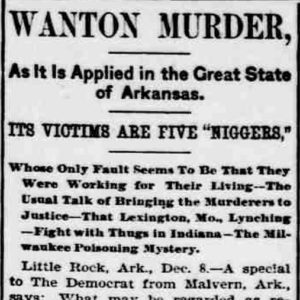 Race Riot Article
Race Riot Article
Time Period: Post-Reconstruction through the Gilded Age (1875 - 1900) - Starting with R
 Race Riot Article
Race Riot Article
 "Race War in Arkansas"
"Race War in Arkansas"
 Racial Strife Article
Racial Strife Article
 Railroad Ticket Office
Railroad Ticket Office
Ramsey, Dave (Lynching of)
Randolph, John (Lynching of)
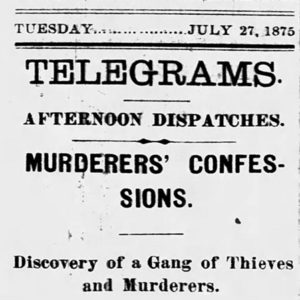 John Randolph Lynching Article
John Randolph Lynching Article
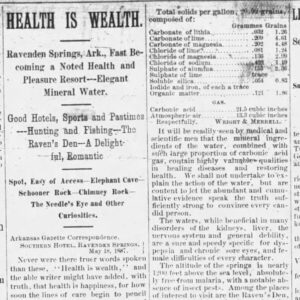 Ravenden Springs Health Article
Ravenden Springs Health Article
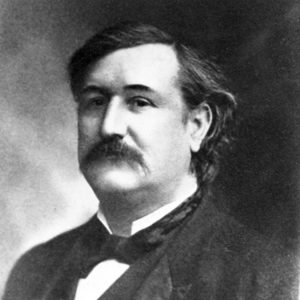 Opie Pope Read
Opie Pope Read
Rector v. United States
 Red River Raft
Red River Raft
 Reeves Execution Story
Reeves Execution Story
Reeves-Melson House
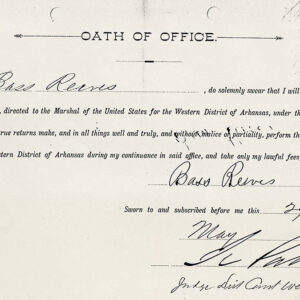 Bass Reeves Oath
Bass Reeves Oath
Reeves, Willis (Execution of)
Reported Lynching of July 1894
Reported Smallpox Lynching of 1894
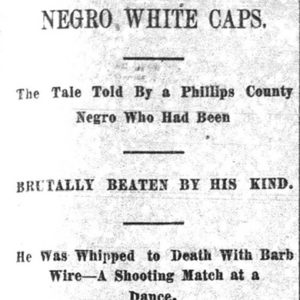 Reynolds Lynching Article
Reynolds Lynching Article
Reynolds, Dan (Lynching of)
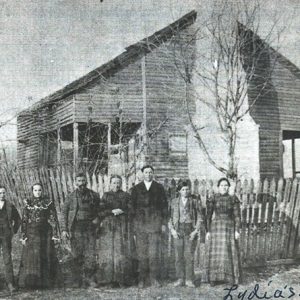 Rice-Upshaw House
Rice-Upshaw House
Rice, William (Lynching of)
 William Rice Lynching Article
William Rice Lynching Article
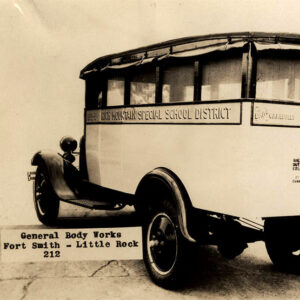 Rich Mountain School Bus
Rich Mountain School Bus
Richard Allen Institute
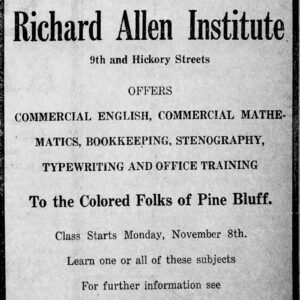 Richard Allen Institute Ad
Richard Allen Institute Ad
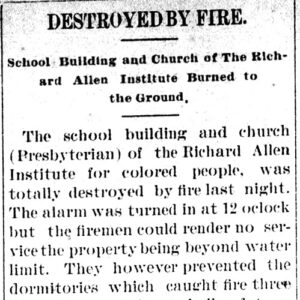 Richard Allen Institute Fire Story
Richard Allen Institute Fire Story
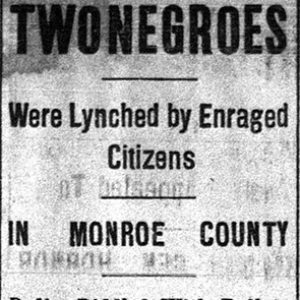 Ricks Lynching Article
Ricks Lynching Article
Ricks, G. W. and Moses (Lynching of)
Riddick, James E.
Rideout, Conrad Alfred
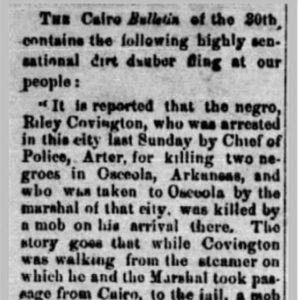 Riley Covington Lynching Article
Riley Covington Lynching Article
Riley, Sallie Irene Robinson-Stanfield
 Robert Williams Execution Article
Robert Williams Execution Article
 Robert Williams Execution Article
Robert Williams Execution Article
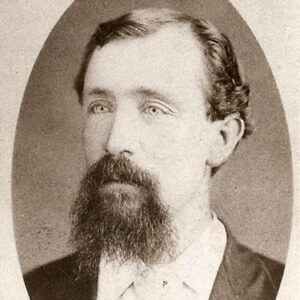 John Roberts
John Roberts
Robinson, J. E. (Reported Lynching of)
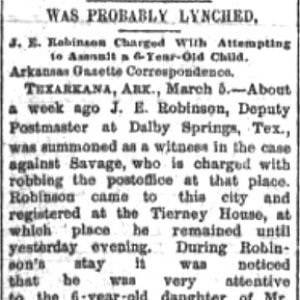 J. E. Robinson Lynching Story
J. E. Robinson Lynching Story
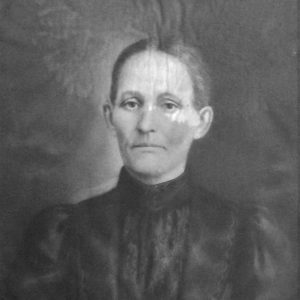 Matilda J. Robinson
Matilda J. Robinson
Rock Island Bridge (Little Rock–North Little Rock)
aka: Choctaw Bridge
aka: Clinton Presidential Park Bridge
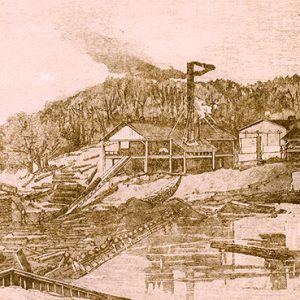 Rockport Sawmill
Rockport Sawmill
 Rogers Academy
Rogers Academy
Rogers Academy
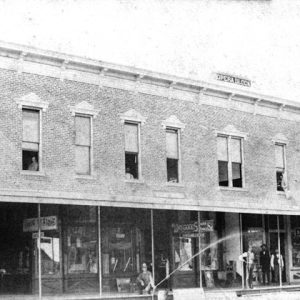 Rogers Businesses
Rogers Businesses
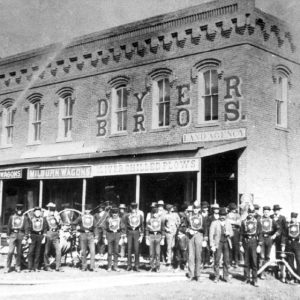 Rogers Firemen
Rogers Firemen
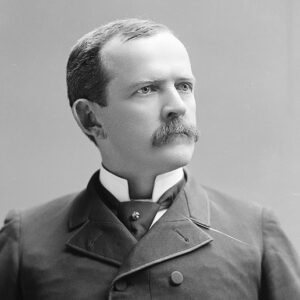 J. H. Rogers
J. H. Rogers
Rogers, John Henry
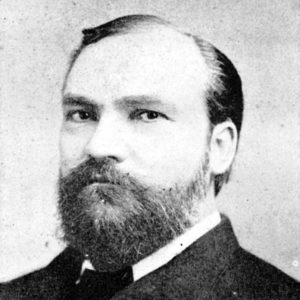 Logan Roots
Logan Roots
 Logan Roots
Logan Roots
Roots, Logan Holt
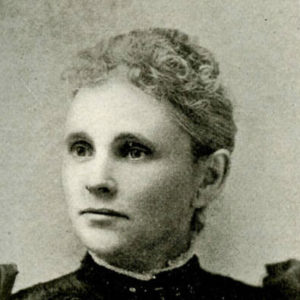 Emily Blakeslee Roots
Emily Blakeslee Roots




